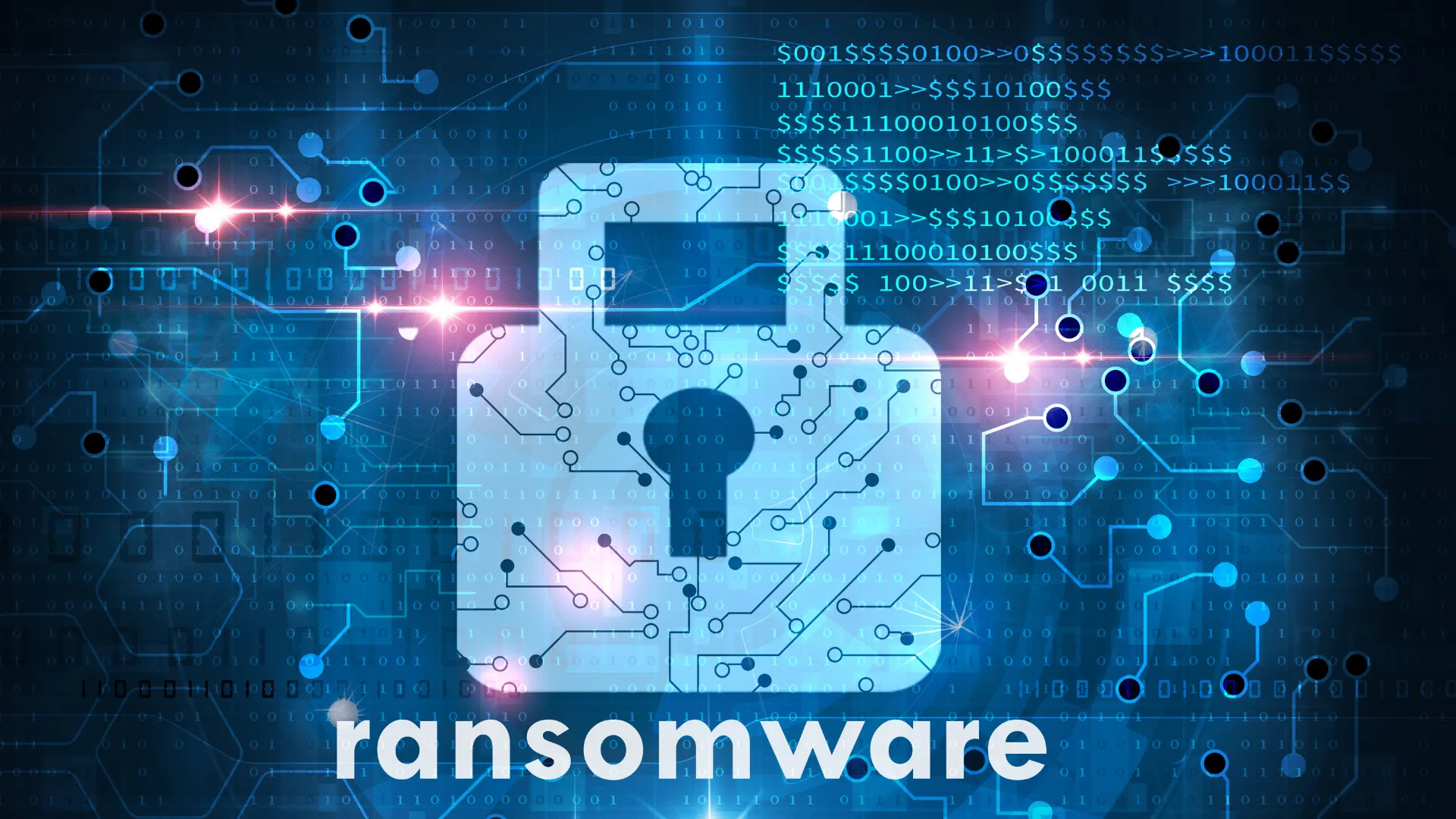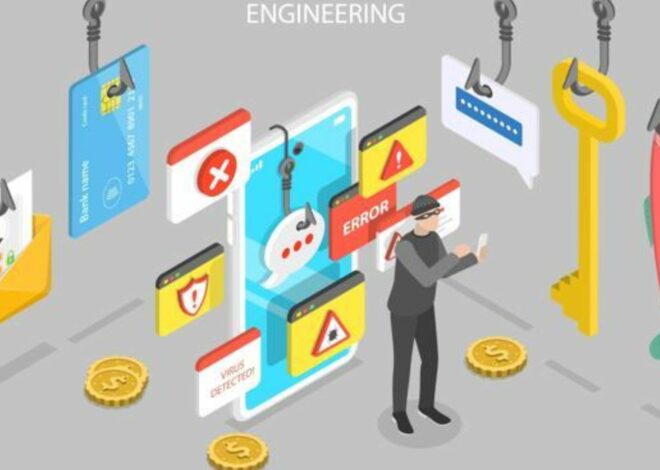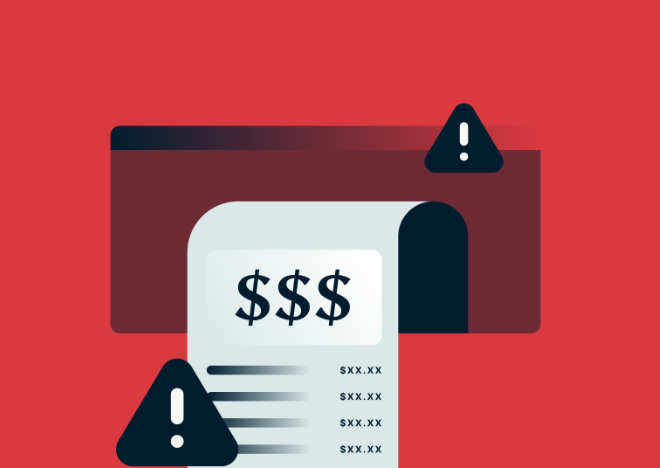
Lessons Learned from the Colonial Pipeline Ransomware Attack: How to Protect Your Business?
In May 2021, the Colonial Pipeline ransomware attack sent shockwaves through the business world. Hackers successfully infiltrated one of America’s largest fuel pipelines and held it hostage for a $4.4 million ransom – causing widespread panic and gas shortages across the East Coast. But what can we learn from this devastating cyberattack? In this blog post, we’ll explore some key lessons that all businesses can take away from the Colonial Pipeline incident to better protect themselves against ransomware attacks in the future. So grab a coffee (or maybe even a gasoline-free car) and let’s get started!
Table of Contents
Why was Colonial Pipeline a Target?
What Happened in the Colonial Pipeline Ransomware Attack?
How to Respond to a Ransomware Attack?
How could Colonial Pipeline Have Protected Themselves Better?
What Can Other Businesses Learn from the Colonial Pipeline Attack?
How to Protect Your Business from Ransomware Attacks?
Conclusion
Why was Colonial Pipeline a Target?
As one of the largest pipeline operators in the United States, Colonial Pipeline transports approximately 2.5 million barrels of gasoline and other refined petroleum products per day. Given its size and importance to the nation’s economy, it’s no surprise that Colonial Pipeline was a target for ransomware attackers.
There are several reasons why the attackers may have chosen Colonial Pipeline as their target. First, the company is a large and well-known organization with deep pockets. Second, the company operates critical infrastructure that is essential to the functioning of the U.S. economy. Finally, the company is likely to have sensitive data that the attackers could use to blackmail or extort money from Colonial Pipeline or its customers.
What Happened in the Colonial Pipeline Ransomware Attack?
In May of 2021, the Colonial Pipeline- which runs from Texas to New Jersey and supplies about 45% of the East Coast’s fuel- was hit with a ransomware attack. The attackers, who have been identified as a Russian criminal group known as DarkSide, encrypted Colonial’s data and demanded a ransom of $4.4 million in Bitcoin.
Colonial initially refused to pay the ransom, but eventually relented and paid the hackers $5 million in Bitcoin. The payment was reportedly made through an intermediary, and it is not clear if any of the funds have been recovered.
The attack caused widespread panic and fuel shortages on the East Coast, as people rushed to fill up their tanks before prices went up. It also exposed serious vulnerabilities in Colonial’s systems, which will need to be addressed in order to prevent future attacks.
The biggest lesson to be learned from the Colonial Pipeline attack is that ransomware is a serious threat that can have major consequences for businesses. This attack highlights the importance of having robust cybersecurity measures in place, as well as incident response plans for dealing with ransomware attacks.
How to Respond to a Ransomware Attack?
The first thing you need to do is identify the ransomware attack. This can be done by looking for symptoms like unusual activity on your network or unexpected changes to files. If you suspect that your business has been hit with a ransomware attack, you should immediately notify your IT staff or security team. They will be able to help you contain the attack and determine its scope.
Once you have identified the ransomware attack, you need to take steps to prevent it from spreading. This includes disconnecting any affected systems from your network and isolating them from other devices. You should also make sure that all of your employees are aware of the attack and know not to open any suspicious emails or click on any links that might be associated with it.
If possible, you should also try to restore any encrypted files from a backup. This will help you avoid having to pay the ransom demanded by the attackers. However, if you don’t have a backup or if the attackers have encrypted critical files, you may have no choice but to pay the ransom. Before doing so, you should consult with a cybersecurity expert to ensure that you’re dealing with a reputable organization and that there’s a good chance of getting your files back. Once you’ve made the decision to pay, you should only do so through a secure payment method such as Bitcoin.
Paying the ransom is often seen as giving in to the attacker’s demands, but it’s important to remember that in many cases it’s the only way to get your data back. However, you should still take steps to protect yourself in the future by strengthening your security measures and educating your employees about the risks associated with ransomware attacks.
How could Colonial Pipeline Have Protected Themselves Better?
In the wake of the Colonial Pipeline ransomware attack, many businesses are wondering how they can better protect themselves from becoming the victim of a similar attack. Here are some lessons that businesses can learn from the Colonial Pipeline incident:
Implement comprehensive security measures: In order to protect your business from a ransomware attack, you need to have comprehensive security measures in place. This includes having strong firewalls and intrusion detection systems, as well as ensuring that all of your software is up-to-date and patched.
Train employees on cybersecurity: One of the best ways to protect your business from a ransomware attack is to educate your employees on cybersecurity best practices. Employees should know how to identify suspicious emails and websites, and they should also be aware of the importance of not clicking on links or opening attachments from unknown sources.
Have a plan in place for dealing with an attack: If your business does become the victim of a ransomware attack, it’s important to have a plan in place for how to deal with it. This plan should include having backups of all important data so that you can quickly restore operations after an attack.
What Can Other Businesses Learn from the Colonial Pipeline Attack?
The recent ransomware attack on the Colonial Pipeline is a stark reminder of the importance of cybersecurity for businesses of all sizes. Here are some key lessons other businesses can learn from this incident:
1. Don’t underestimate the threat of ransomware.
Ransomware is a serious and growing threat, and businesses need to be prepared. The Colonial Pipeline attack shows that even large and well-resourced organizations can be targeted by these attacks.
2. Make sure your backups are up to date and secure.
One of the key reasons the Colonial Pipeline was able to quickly recover from the attack was because they had up-to-date backups. This allowed them to quickly restore their operations without having to pay the ransom. Businesses should make sure their backups are regularly updated and stored in a secure location.
3. Cybersecurity needs to be a top priority.
The Colonial Pipeline attack highlights the importance of making cybersecurity a top priority for businesses. Organizations need to have robust security measures in place to protect themselves from these types of attacks.
How to Protect Your Business from Ransomware Attacks?
Ransomware attacks are on the rise, and businesses of all sizes are at risk. The recent attack on the Colonial Pipeline is a stark reminder of the devastating effects these attacks can have. While it’s impossible to completely protect your business from ransomware attacks, there are steps you can take to minimize the risk.
Here are some tips to protect your business from ransomware attacks:
1. Keep your software up to date. Software updates often include security patches that can help protect your system from known vulnerabilities.
2. Use a reputable antivirus/antimalware solution and keep it up to date. This will help detect and block many ransomware variants.
3. Back up your data regularly. This way, if your system is compromised, you’ll be able to restore your data from a backup and limit the damage caused by the attack.
4. Be careful about what you click on and download. Don’t open email attachments from unknown senders, and be cautious about downloading files from untrustworthy websites.
5. Train your employees about cybersecurity threats and best practices. They should know how to spot suspicious emails and what to do if they think their system has been compromised.
By following these tips, you can help protect your business from ransomware attacks.
Conclusion
The Colonial Pipeline ransomware attack is a good reminder of how vulnerable businesses can be to cyberattacks. By understanding the lessons learned from this incident, companies can take steps to help protect their systems and networks. Creating security policies that are regularly updated and monitored, implementing multi-factor authentication strategies, training employees on best practices for data security and investing in up-to-date cybersecurity solutions are all key elements in defending against malicious actors. With the right proactive measures, businesses can reduce the risk of being infected with malware or having confidential data stolen.


